Lifestyle
Spring in Tokyo is calling: Are you ready to answer?
Japan’s capital, Tokyo, stands out with its mesmerizing spring landscapes and rich cultural heritage, attracting thousands of tourists every year. Traveling from Istanbul to Tokyo is quite convenient, as Turkish Airlines operates direct flights to Tokyo Haneda and Tokyo Narita airports seven days a week. The total flight duration is approximately 11 hours. Haneda flights depart at 2:35 a.m., while Narita flights take off daily at 3:20 p.m. Additionally, the Japanese airline All Nippon Airways (ANA) operates three weekly round-trip flights from Istanbul.
For travelers heading to Tokyo, which is six hours ahead of Türkiye, it’s important to be mindful of electrical outlets and the opposite traffic flow. The most enchanting season in Tokyo is April and May when cherry blossoms are in full bloom, drawing visitors from all over the world.
5 must-visit places in Tokyo
Meiji Shrine
The Meiji Shrine, located within the 70-hectare forested area now known as Yoyogi Park, was completed between 1920 and 1926. This religious structure is dedicated to Emperor Meiji and his wife, Empress Shoken, who played a significant role in Japan’s modernization. The garden chosen for the shrine’s construction was frequently visited by the emperor and his wife during their time. The original Shinto shrine suffered severe damage during the bombings of World War II, but it was faithfully reconstructed using public funds. Due to its serene atmosphere and grandeur, the shrine has become one of Tokyo’s must-visit attractions for travelers.
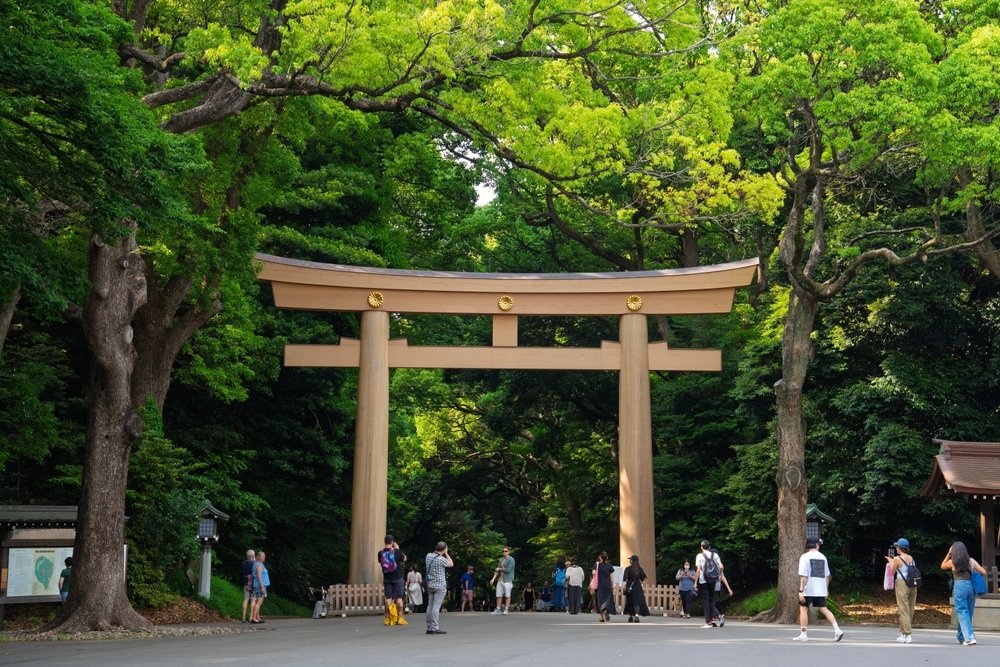
Senso-ji Temple
Located in the heart of Tokyo’s historic district, Senso-ji Temple is the oldest religious structure in the city. The temple can be accessed through the Thunder Gate (Kaminarimon), a symbol of both the temple and the city itself. According to popular belief, the decision to build the temple was made in 628 after two brothers discovered a statue of the Buddhist goddess Kannon while fishing in the Sumida River. Completed in 645, the temple’s main hall can be entered through the Hozomon Gate. With its vibrant architecture and historical significance, Senso-ji is regarded as the most important attraction in Northern Tokyo, hosting various events throughout the year. It is also one of the city’s busiest locations during the day.
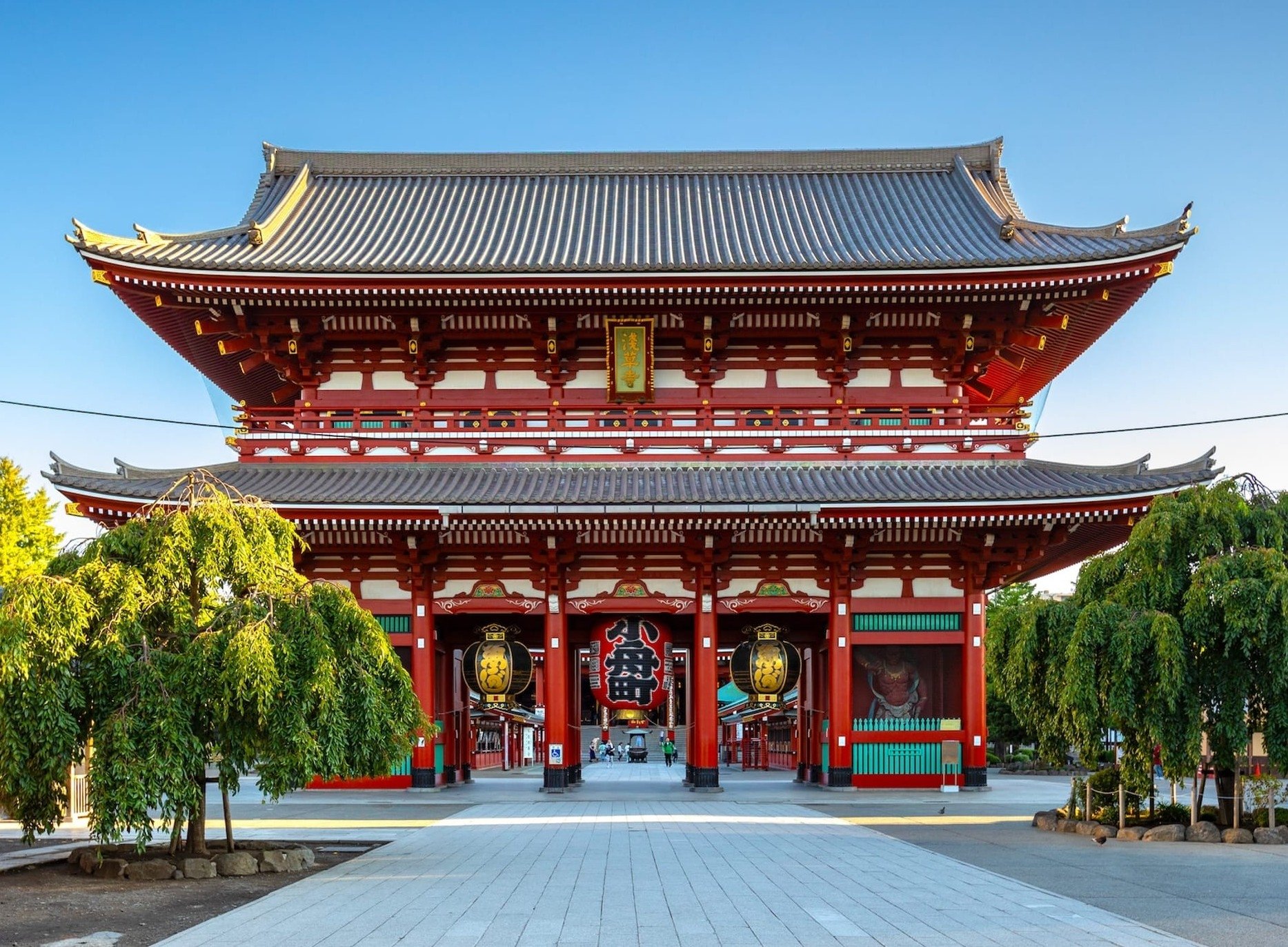
Imperial Palace
Covering an area of 3.41 square kilometers, including its gardens, this magnificent structure was built between 1868 and 1888. The palace consists of two sections surrounded by moats filled with water. Within the inner area, you’ll find the residences of the imperial family and government offices. The palace’s beautiful gardens, opened to the public in 1968, can be accessed for free at any time. They are especially worth visiting in spring when the cherry blossoms are in full bloom. Access to the inner palace is restricted to just two days a year: Jan. 2 (New Year’s celebration) and Dec. 23 (the Emperor’s birthday), with a limited number of visitors allowed. The inner part of the palace is also open to visitors, but you must either make a reservation in advance or secure one of the 300 tickets available each day. Unfortunately, the number of English audio guides is limited.
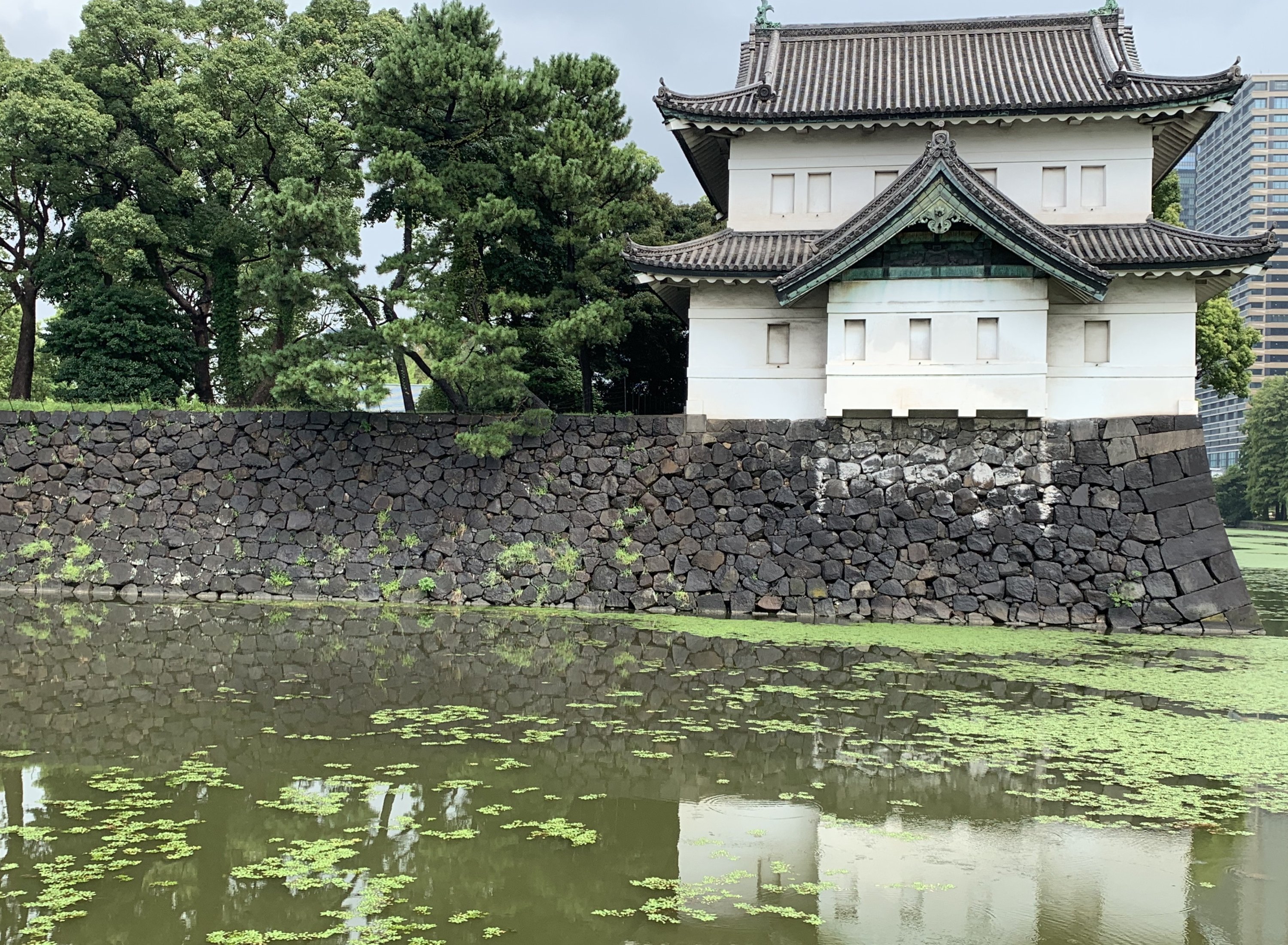
Shinjuku Area
Shinjuku is one of the liveliest and most vibrant districts in Tokyo. The district has a unique atmosphere, largely shaped by its neon-filled streets and towering buildings illuminated by thousands of lights. Shinjuku remains lively 24/7, with crowds that never seem to thin out, even after most venues close. It is also known as Tokyo’s nightlife hub, offering countless bars, clubs and entertainment spots. Additionally, some stores in the area stay open 24 hours, meaning you can shop for groceries, grab a late-night meal, or even buy household items at 3 or 4 a.m.
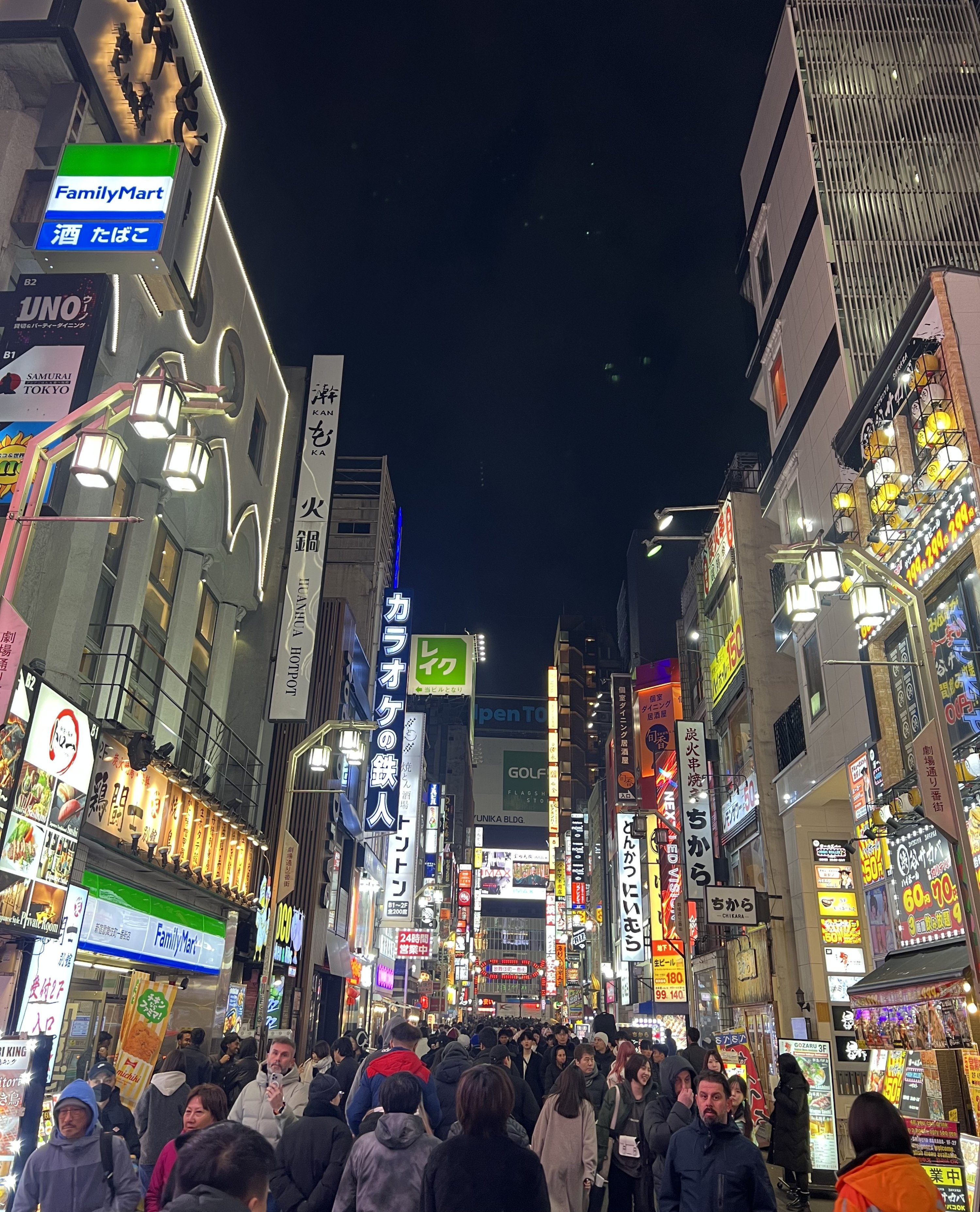
Harajuku Area
Harajuku, located between Shinjuku and Shibuya, is a popular area in Tokyo that caters to all age groups with its dining and shopping options. Among the local attractions, Takeshita Street is particularly popular with the younger crowd. A smaller version of Takeshita Street, Omotesando, resembles the Champs-Elysees in both appearance and content. The area, especially the boulevard, is home to several shopping complexes like Omotesando Hills, LaForet Harajuku and Daiso Harajuku. Harajuku is a place where people of all ages can enjoy their time. It offers activities for everyone, from 7 to 70. Here, you’ll find some of the most unique and fun concept animal cafes, as well as giant cotton candy or candy apples. In addition to shopping, Harajuku provides a vibrant world of experiences for those seeking something different and extraordinary.
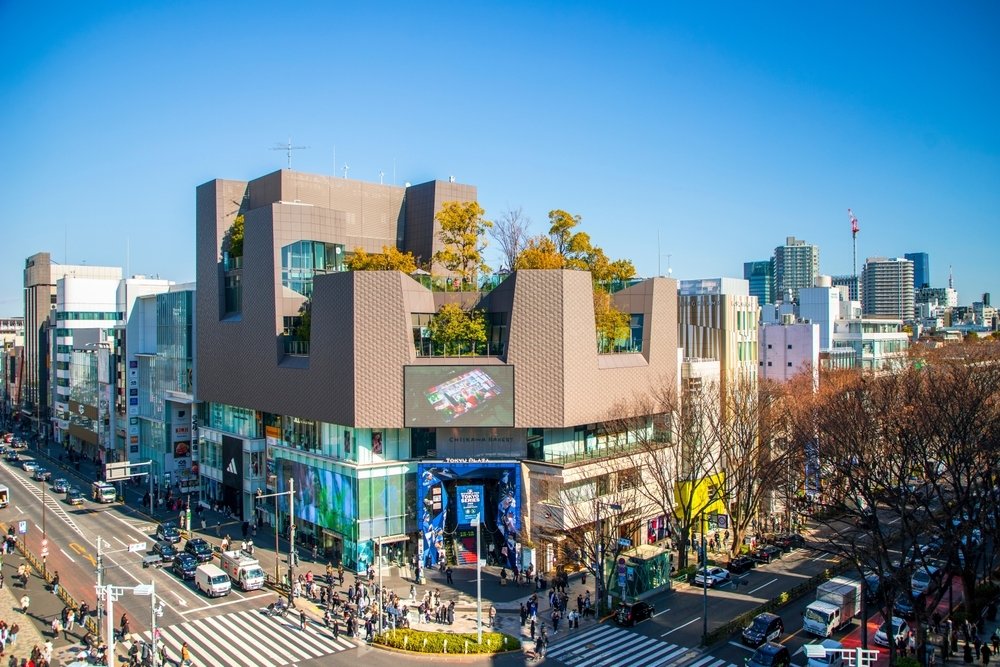
Accommodation options
The Tokyo Edition, Ginza
One of the newest hotels in the city, The Tokyo Edition, Ginza, offers a tranquil stay with its 86 rooms and minimalist decor. The hotel’s exterior is discreet, with the logo barely visible and guests enter through a small door that feels like stepping into a private home. In terms of location, rooms and service, this hotel scores a perfect 10 out of 10. Its spacious rooms offer comfort beyond Tokyo’s standards.

The hotel’s restaurant, Sophie, serves delicious meals all day, and its Turkish executive chef is a source of pride. The famous Punch Room cocktail bar and rooftop bar are also popular spots among Tokyo locals.
The Peninsula Tokyo
The Peninsula Tokyo blends classic luxury with pan-Asian influences. The decor features gold leaf details, cherry wood panels, and floral-patterned carpets. One of Tokyo’s most iconic artworks, Lying Dragon Gate, is displayed in the hotel’s lobby. The hotel has a total of 314 rooms, with floor-to-ceiling glass suites being a favorite among guests.
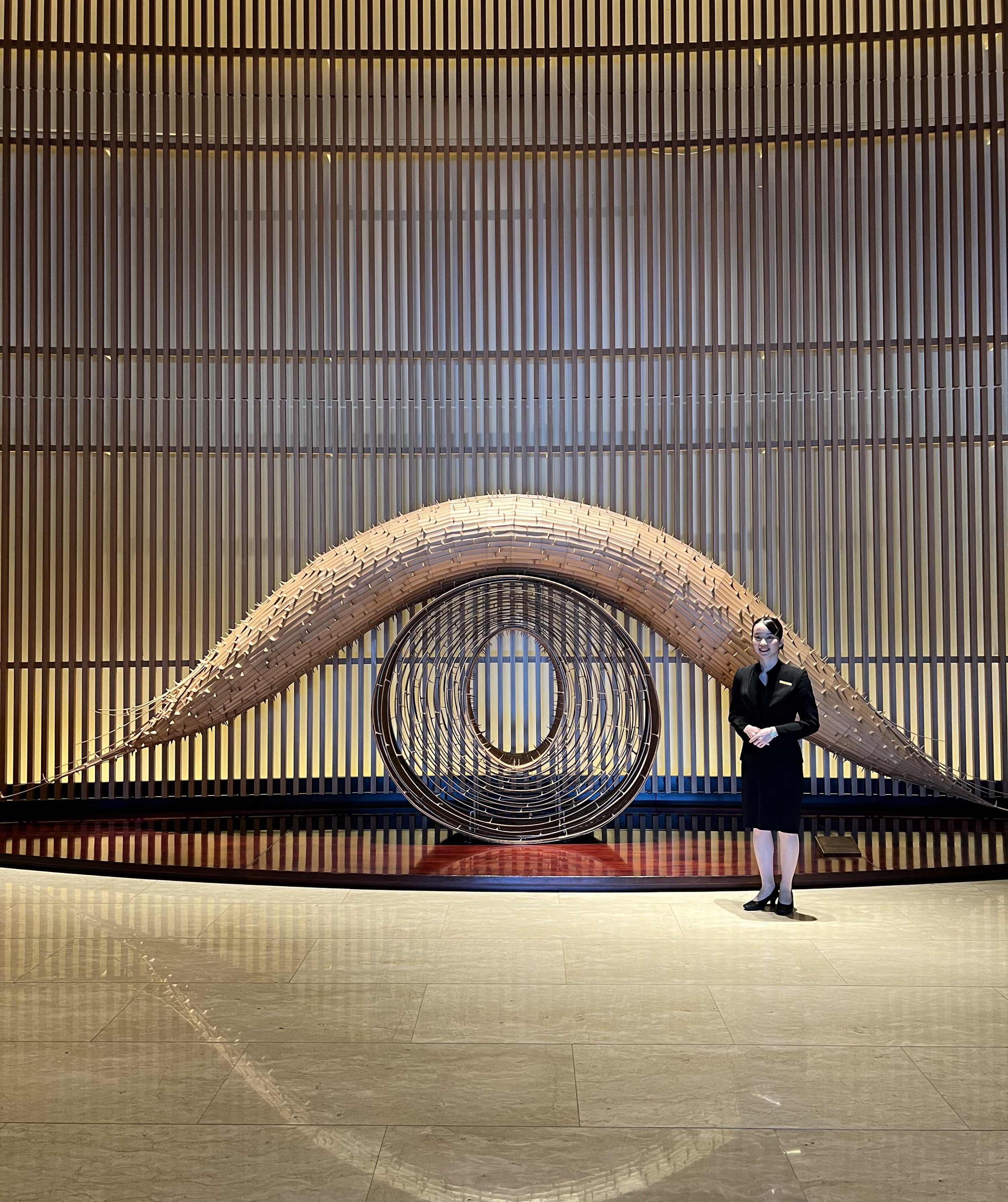
The 24th-floor Peter Restaurant offers an exquisite experience with A5 Wagyu steak and fresh seafood. Conveniently located near Ginza’s luxury boutiques and the Imperial Palace gardens, the hotel provides easy access to the city via the nearby Hibiya metro station.
Restaurants
Nadaman Restaurant
Located on the 29th floor of the Shangri-La Hotel, Nadaman is part of the renowned kaiseki restaurant group that has been serving Japan’s royal family and world leaders since 1830. Authentic Japanese dishes, prepared by experienced chefs, are served alongside breathtaking views of Tokyo. For larger groups or those seeking a more private experience, the restaurant offers exclusive sushi and teppanyaki rooms.
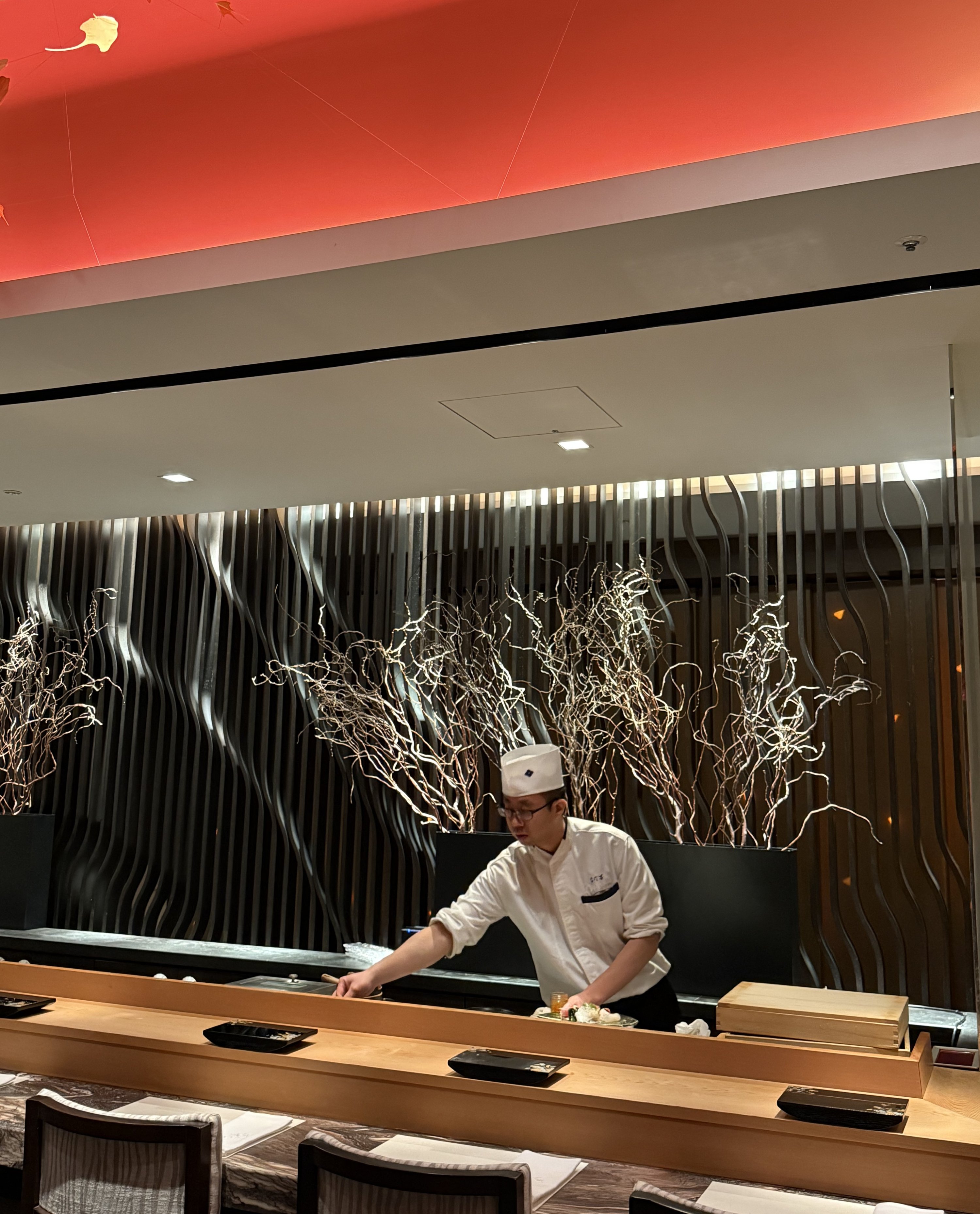
Wagyu Mafia
Founded in 2016 by self-taught chef and Wagyu (Japanese beef) expert Hisato Hamada and entrepreneur Takafumi Horie, Wagyu Mafia started as Tokyo’s first members-only restaurant. The brand later expanded internationally, opening a total of 10 restaurants with various concepts. Known for its exclusive Wagyu-themed dinners and private dining experiences, Wagyu Mafia also has locations open to non-members, which can be found on their website.
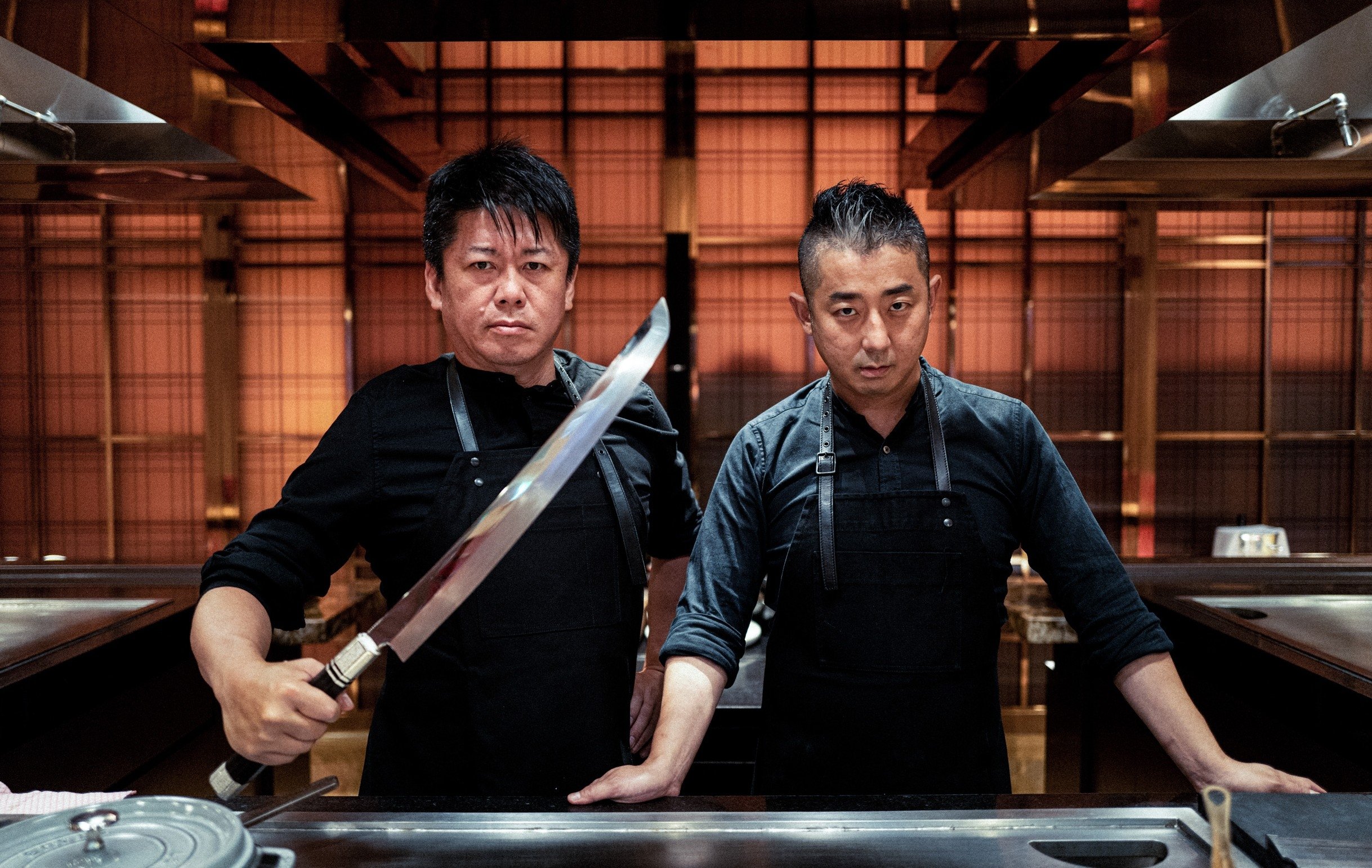
Coffee Wrights Omotesando
Tokyo is a paradise for coffee lovers, and Coffee Wrights is one of the city’s finest coffee spots, in my opinion. Opened in collaboration with Higuma Doughnuts, this cafe is a converted traditional Japanese house in Omotesando. With exceptional coffee and delicious donuts, it’s the perfect place to take a break.
Shin Udon
One of Tokyo’s smallest yet most delightful restaurants, Shin Udon features a cozy setting with only six counter seats and two tables, serving freshly made udon noodles.
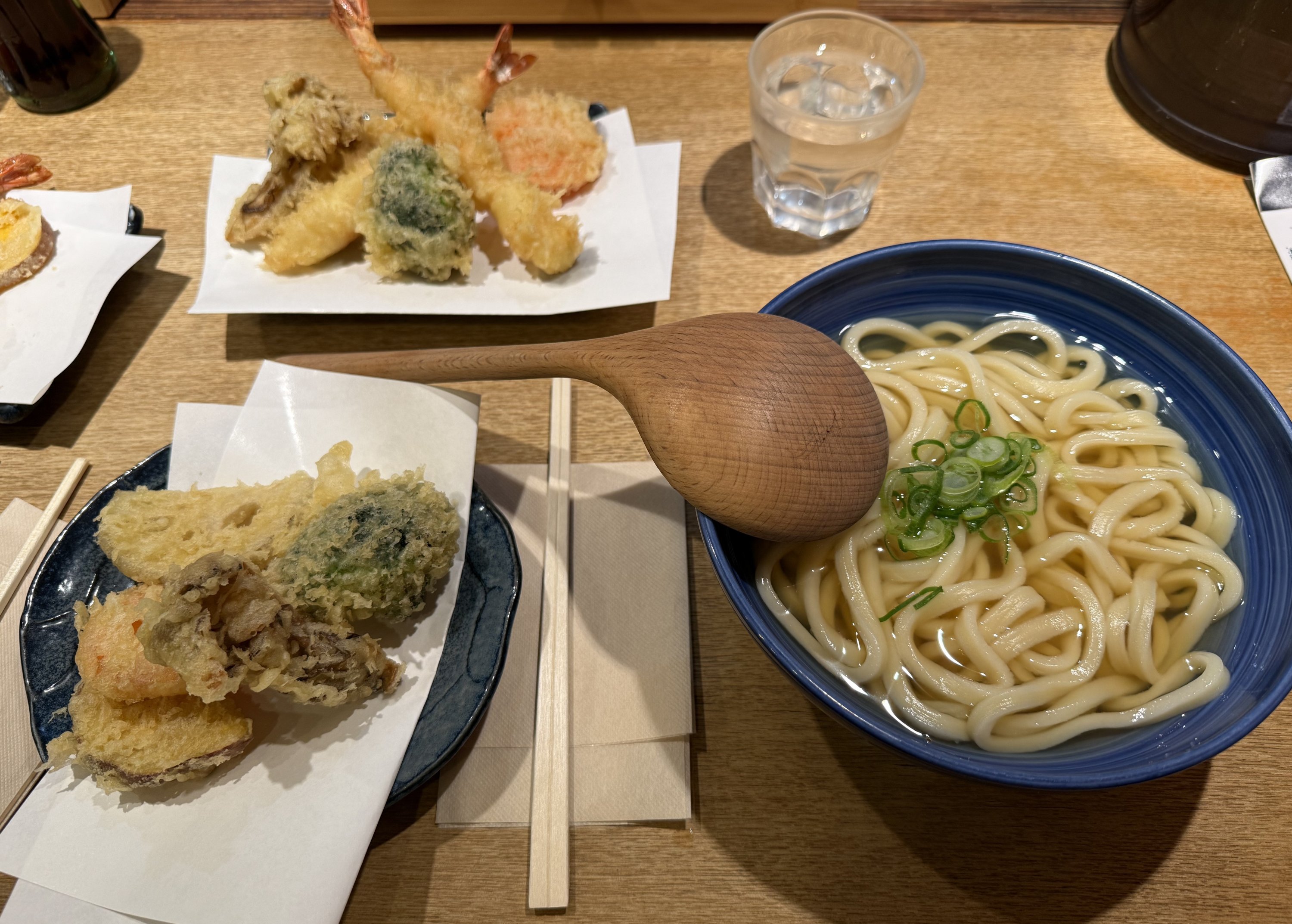
The menu, complemented by tempura and fried tofu, is worth trying despite long wait times. The dough is rested overnight to achieve the perfect moisture and salt balance, then cut and cooked to order, giving the noodles their signature chewy texture. The restaurant closes at 9 p.m. sharp, and I still can’t get it out of my mind.
Tsurutontan
Founded in 1979 in Osaka’s Souemon-Cho district, TsuruTonTan was Japan’s first authentic handmade udon restaurant. The founder’s passion for udon led to the opening of TsuruTonTan – Noodle Craftsman’s Hospitality in 1989. Known for its elegant presentation and dedication to udon craftsmanship, the restaurant sources the best bowls from Bizen and Tachikui ceramic workshops.
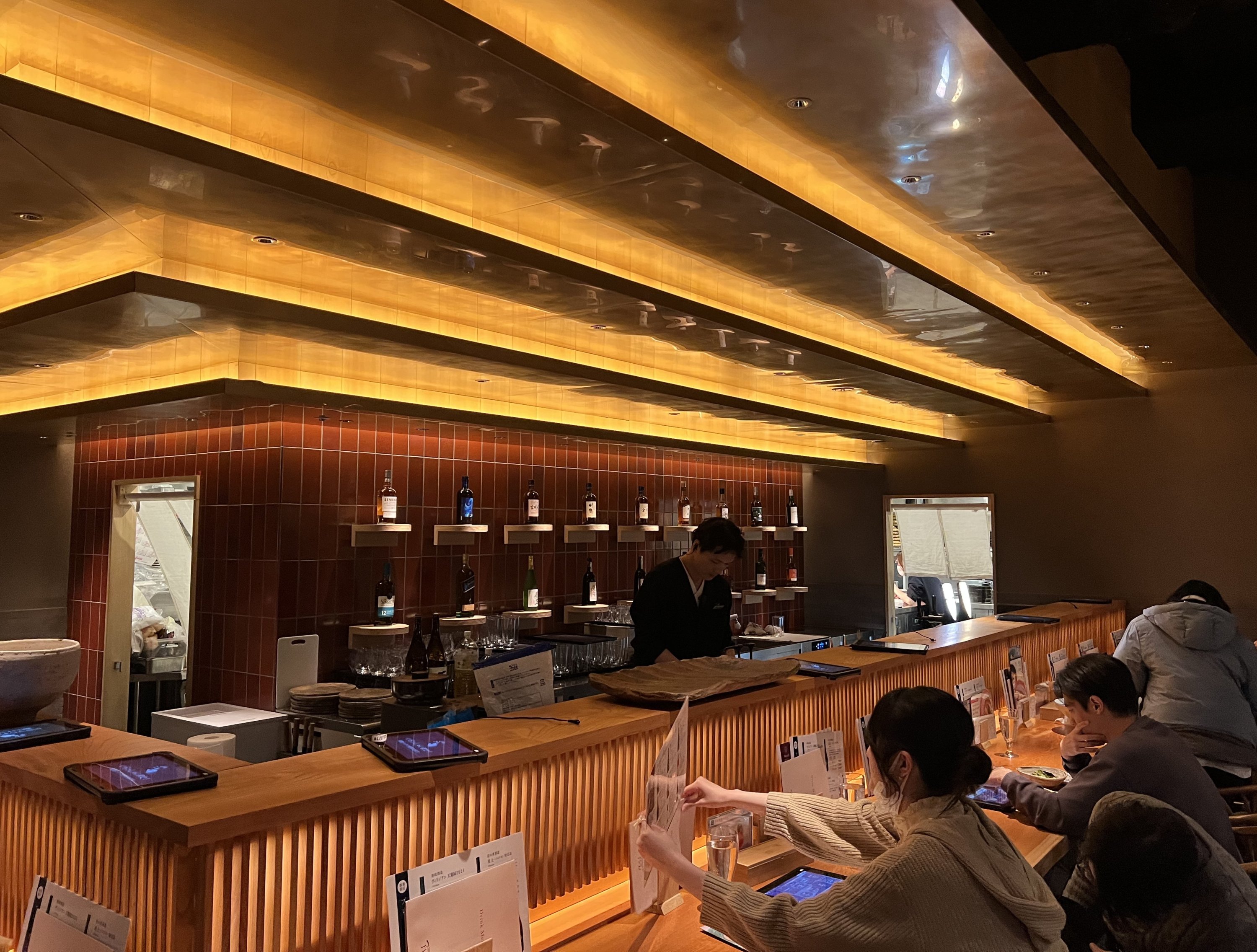
The udon dishes, prepared with aromatic bonito flakes, kombu seaweed, fresh vegetables and meats, are served with a deep commitment to quality. Today, TsuruTonTan operates five locations in Kanto and seven in Kansai.
Lifestyle
Copenhagen: Scandinavia’s vibrant capital of happiness
While the Danish capital of Copenhagen may be slightly cooler than other European cities during the summer months, it remains one of the most colorful, cheerful and livable cities in Northern Europe. Often ranked as home to the world’s happiest people, Copenhagen offers a charming blend of history, design and culture, and in this article, I’m sharing essential tips to help you make the most of your visit.
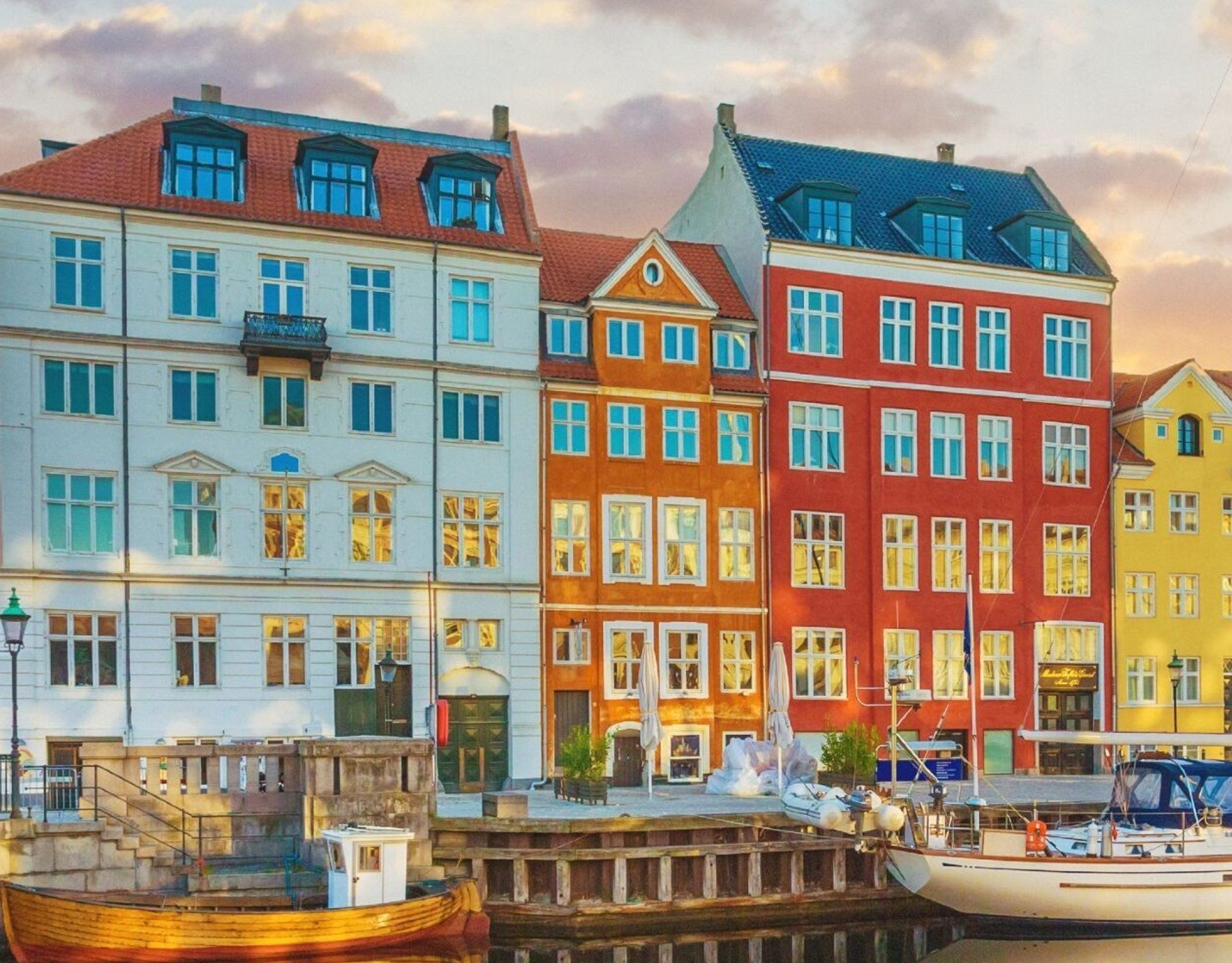
Turkish Airlines (THY) operates two direct flights daily from Istanbul Airport to Copenhagen and one daily flight from Sabiha Gökçen Airport. The journey takes approximately three hours and 30 minutes. Entry to Denmark is possible with a valid Schengen visa.
From Copenhagen Airport, you can easily reach the city center in about 30 minutes via metro, train, or taxi. Public transport in the city is exceptionally efficient, but what stands out the most is the bicycle traffic, possibly the densest I’ve ever seen and that’s coming from someone who lives in Amsterdam!
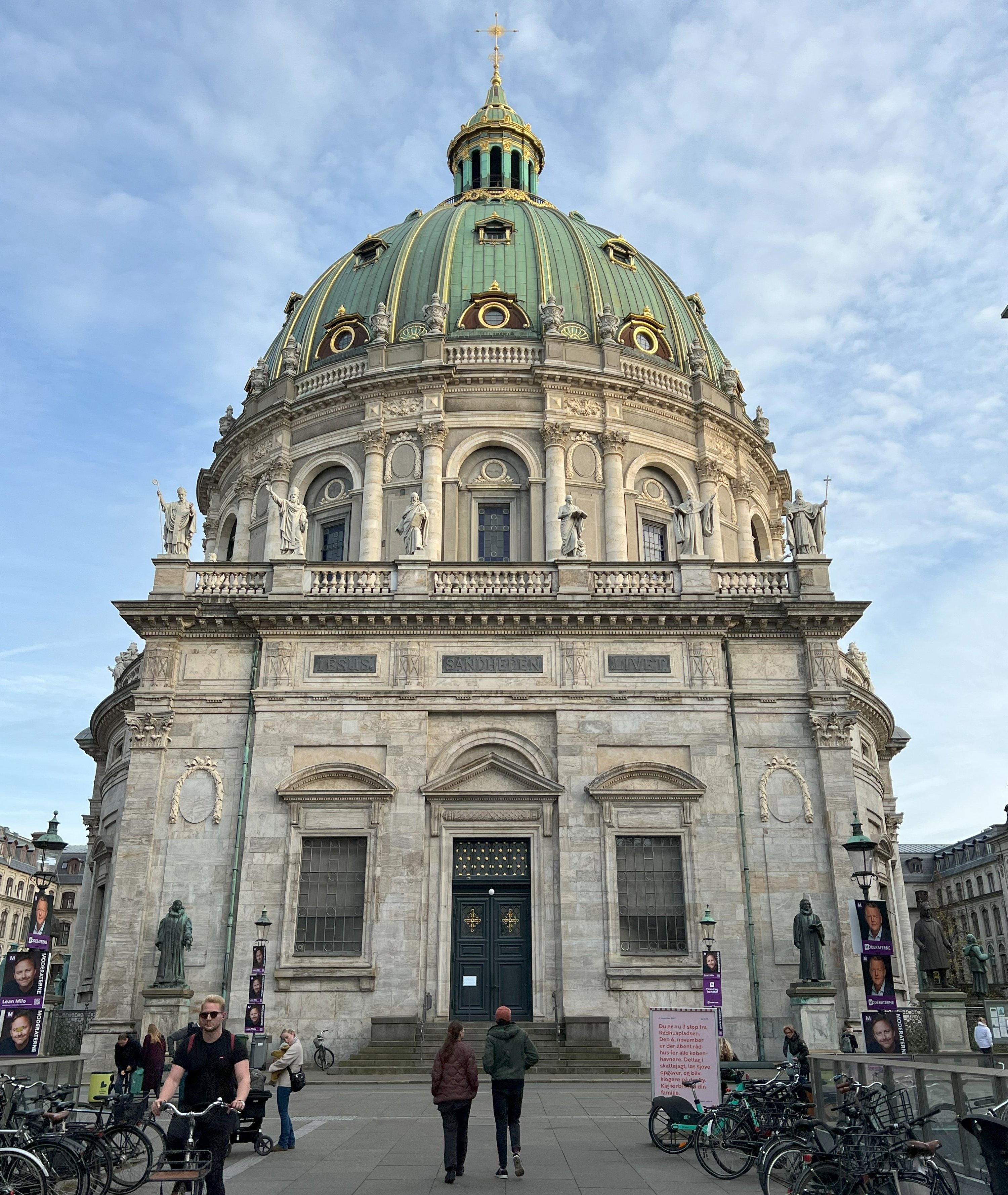
Where to stay
I chose to stay at Villa Copenhagen, a stunning hotel conveniently located near the central train station and the iconic Tivoli Gardens. Housed in what was once the city’s main post office, this historic building has been transformed into a luxury hotel with 390 rooms and suites. Its grand architecture and stylish service make it a favorite among both tourists and locals. The lobby, which doubles as a lounge, is always buzzing. The Courtyard Bar is a great place to grab coffee and snacks by day and by night it turns into a lively space with a DJ, popular among Copenhagen’s youth.

Another notable hotel in the city is the Hotel Bella Grande, opened in 2024. With 109 rooms, this modern gem seamlessly blends traditional Scandinavian aesthetics with contemporary amenities. Emphasizing sustainability, the hotel operates with eco-conscious principles, from energy-saving systems to locally sourced, environmentally friendly cuisine. Guests can also borrow bicycles to explore Copenhagen in true local fashion.
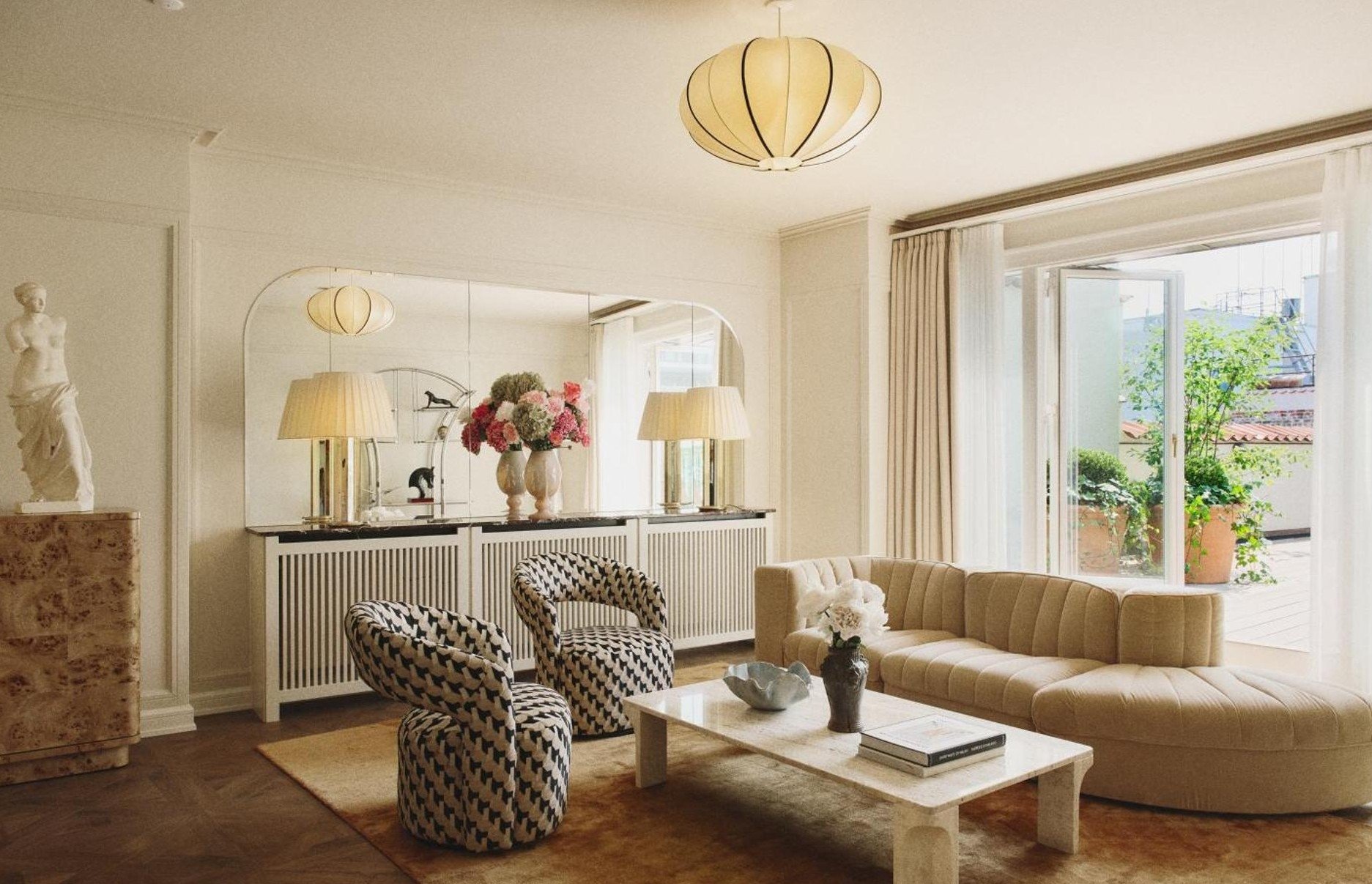
Must-see sights
Tivoli Gardens: This historic amusement park is a must-visit. Open daily from 11 a.m. to 11 p.m., Tivoli offers colorful rides, nostalgic charm and a range of food stalls and shops. Entry is 170 DKK per person for visitors over 8 years old.
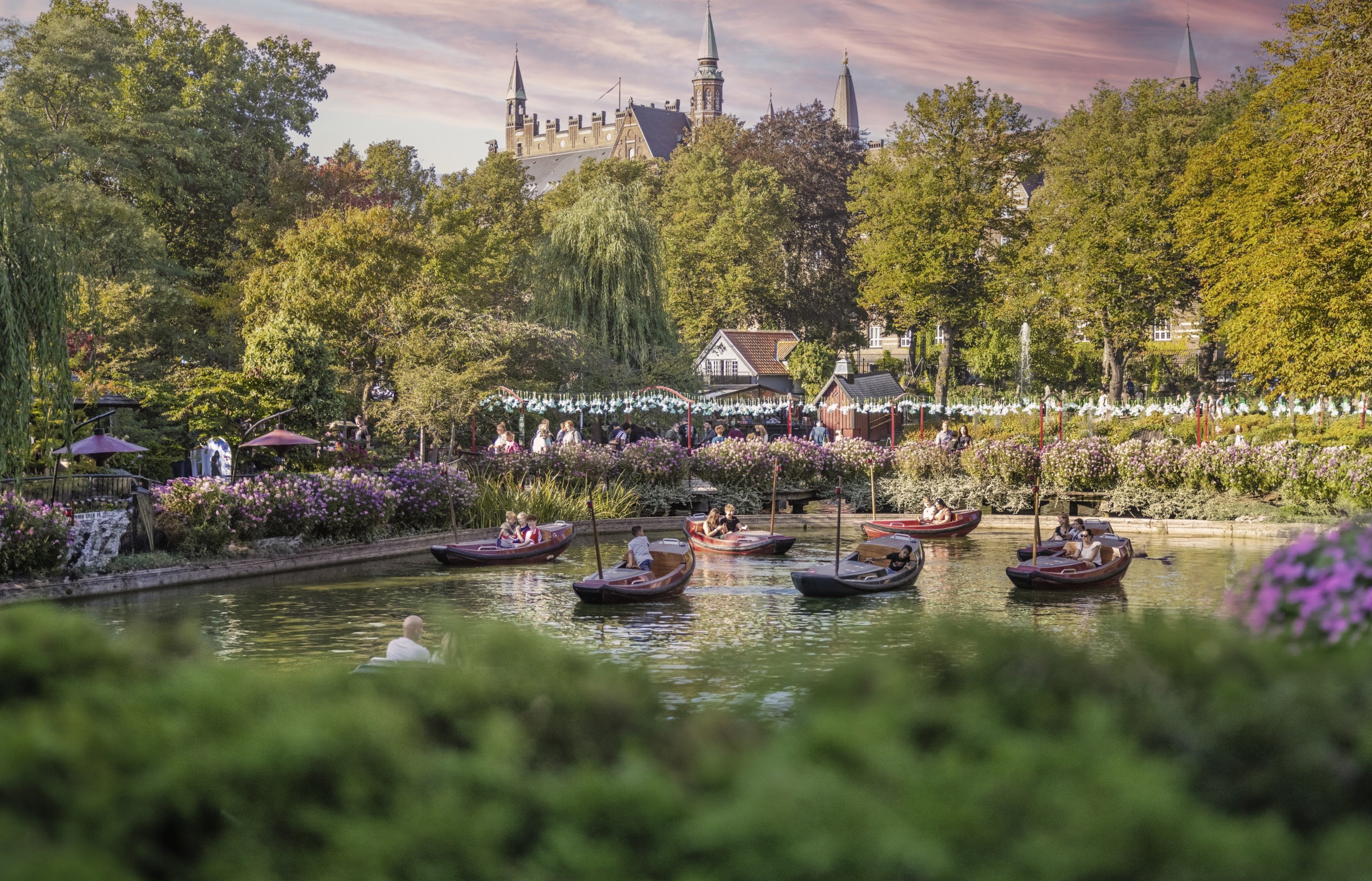
The Little Mermaid: One of Copenhagen’s most iconic landmarks, this 1.25-meter-tall (4.10-foot-tall) bronze statue attracts visitors around the clock. For the best photos, visit early in the morning before the crowds arrive.
Frederiksborg Palace: This magnificent royal residence showcases over 400 years of Danish royal history, including crown jewels and artifacts. The surrounding park is equally impressive and a lovely place to walk. The palace is open until 7 p.m.
The National Museum of Denmark: Spanning 14,000 years of history, the museum exhibits artifacts from the Bronze Age to the Viking era, offering rich insight into Denmark’s cultural evolution.
Canal Tour: On a sunny day, don’t miss a boat tour of the canals it’s a relaxing way to view the city from the water and see its architectural beauty from a unique perspective.
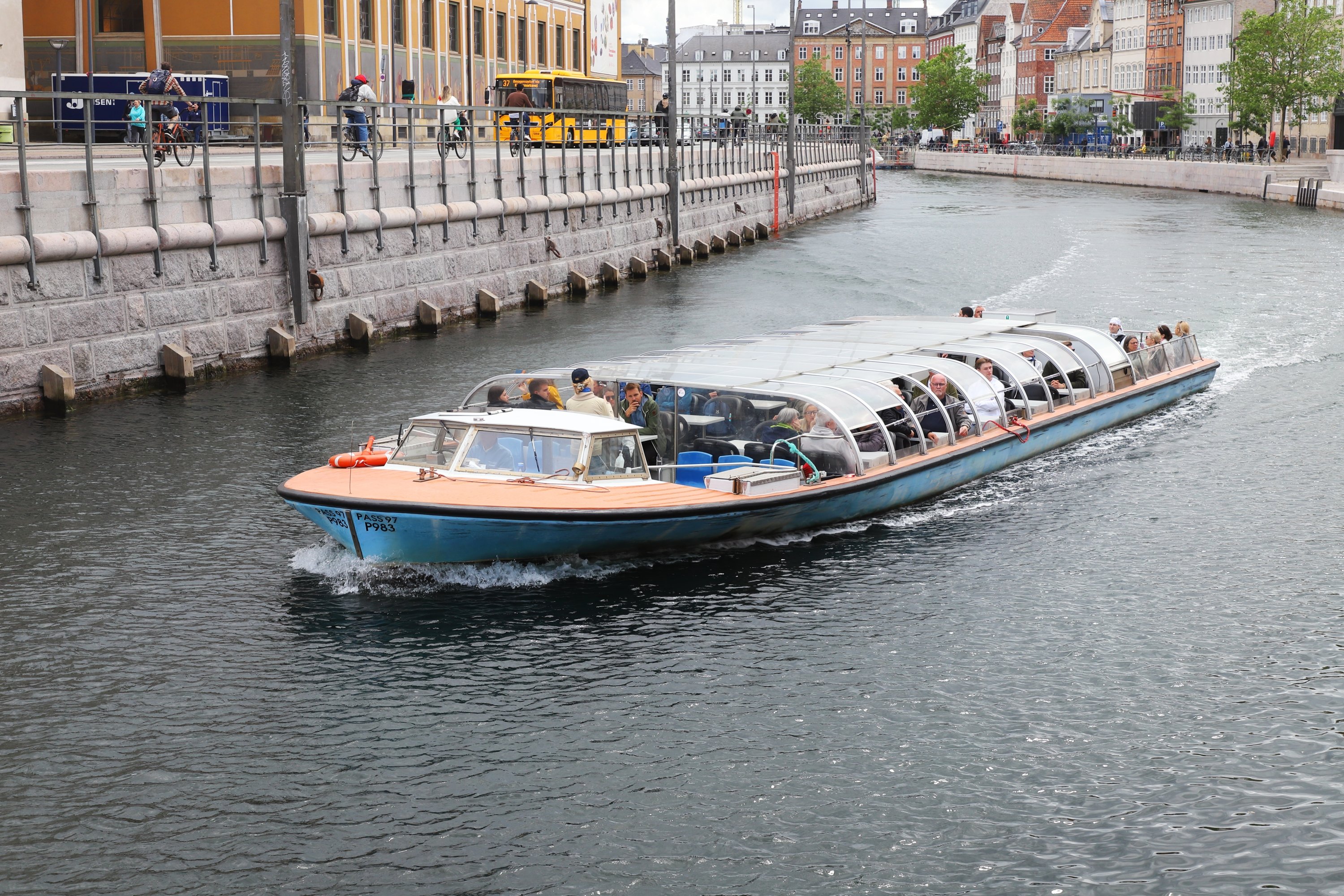
Nyhavn: With its vibrant, colorful buildings, waterfront cafes and restaurants, Nyhavn is the city’s most picturesque and Instagrammable neighborhood.
Stroget: The most famous shopping street in Copenhagen, Stroget offers a mix of international brands and local designers. It’s lively throughout the day and perfect for a retail therapy break.
Elmegade: For a more bohemian and artsy vibe, head to the Elmegade district, full of cozy cafes, art shops and small boutiques, especially pleasant on weekends.
Where to eat, drink
Andersen & Maillard: Renowned for its coffee and pastries, this popular spot often has lines out the door.
Andersen Bakery (Island Brygge): Award-winning and beloved for its sandwiches, cakes and strong coffeefre quented by both locals and tourists.
Bæst Pizza: A must-visit for pizza lovers. Known as one of the best pizza restaurants in the city, it offers a lively ambiance and delicious dishes. Be sure to make a reservation in advance, it’s always packed.
Cafe Victor: One of Copenhagen’s oldest and most glamorous cafes. A hot spot for locals and visitors alike, it’s famous for its seafood and upscale atmosphere. Be prepared for a high-end bill!
Restaurant Esmee: One of the city’s trendiest dining venues. With stylish decor, inventive cuisine and expertly crafted cocktails, it’s a crowd favorite. Make a reservation well in advance, especially for weekends.
Lifestyle
Türkiye’s Tekirdağ becomes floral tourism hot spot
Canola, lavender and sunflower fields in Tekirdağ, on the northern coast of the Marmara Sea, attracted thousands of tourists to the city throughout the season.
The fields located in the city center and districts became a focal point of interest for visitors from early May to mid-July.
Many people coming from nearby provinces captured the best photo shots of the decorations created within the canola, lavender and sunflower fields.
The lavender and sunflower fields, resembling natural studios, became a popular spot throughout the season, both for photography enthusiasts and those who wanted to spend time in nature.
Ömer Faruk Karaküçük, the provincial director of Culture and Tourism, told Anadolu Agency (AA) that the canola, lavender and sunflower fields in Tekirdağ added color to the city’s tourism.
Karaküçük stated that Tekirdağ is a city that draws attention not only with its historical and cultural richness but also with its natural beauty. “Especially the canola, lavender and sunflower fields attract thousands of visitors every year and captivate them. These colorful fields add both aesthetic and value to our city and make an important contribution to tourism,” he said.
He noted that photographers captured the beauty of the colorful fields through their lenses, and these images reached a wide audience via social media and digital platforms.
Karaküçük emphasized that the events organized in the canola, lavender and sunflower fields have given a significant boost to the city’s promotion. “These vast lands are not only used for agriculture but also attract great interest with their visually stunning landscapes. These beauties serve as a natural studio for photographers. Naturally, our citizens flock to these areas to take souvenir photos. Every day, hundreds and sometimes even thousands of people come to Tekirdağ to enjoy these unique scenes. The interest of both domestic and foreign tourists is growing steadily. These unique and colorful fields offered by nature have further strengthened Tekirdağ’s tourism power,” he added.
Lifestyle
Türkiye’s Mediterranean paradise: Tourism spot for nature lovers
Nestled in Antalya’s Kemer district, Türkiye’s Mediterranean gem has become a favorite destination for both local and international travelers seeking serenity, natural beauty and a slower pace of life. With its crystal-clear waters, golden sandy beach and peaceful atmosphere, Çıralı offers a unique blend of nature and culture tourism, drawing in visitors from around the world.
Often referred to as one of the hidden paradises of the Mediterranean, Çıralı is a place where time seems to stand still. Vacationers can stay in cozy bungalows or boutique hotels that are carefully integrated into the lush natural surroundings. Family-run guesthouses offer travelers a taste of genuine Turkish hospitality, while boat tours provide an opportunity to explore untouched coves and secluded bays.
According to Derya Yavuz, a local bungalow owner, tourism in the area is steadily picking up:
“The sea is exceptionally clean and the nature is simply breathtaking. We don’t just sell rooms here-we earn a living thanks to the nature around us. That’s why we do everything we can to protect it.”
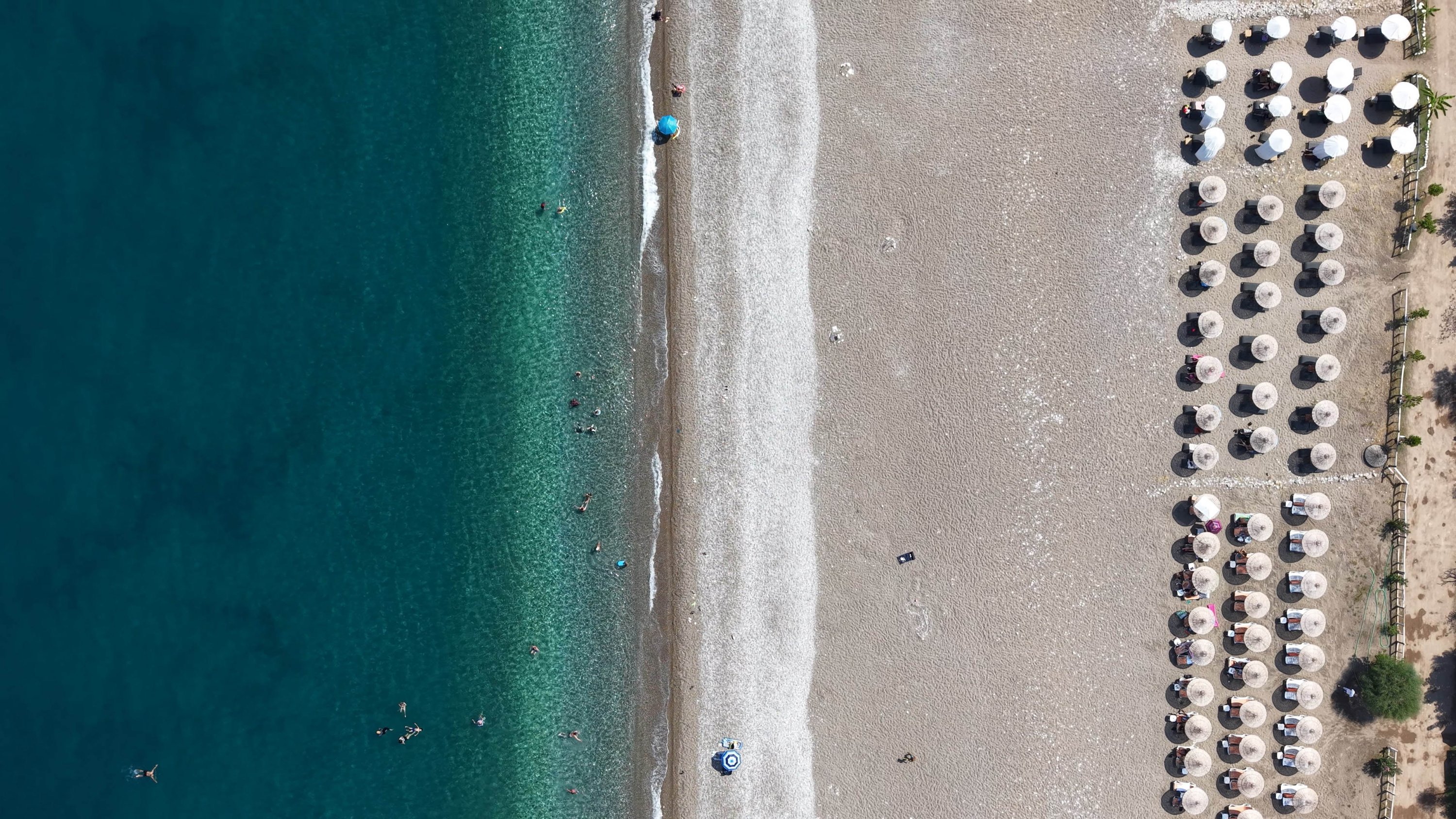
Çıralı is more than just a beach town. During spring and autumn, hikers flock to the area to walk sections of the famous Lycian Way, one of Türkiye’s most scenic trekking routes. Day trips to remote beaches, ancient ruins and charming coastal villages create an experience that’s both active and reflective.
But Çıralı is also a statement against mass tourism. Yavuz draws a clear line between Çıralı and the all-inclusive resorts found elsewhere along the Turkish Riviera:
“Unlike the big five-star hotels, we only offer bed-and-breakfast. I believe tourism should mean freedom. Here, guests can choose how they spend their day-maybe fresh fish at a seaside restaurant or traditional gözleme made by a local villager. It’s about experiencing real life, real food and real people.”
Perhaps what makes Çıralı so special is its commitment to preserving its natural and cultural integrity. There are no concrete high-rises here-just individual wooden bungalows scattered among trees. Each one is self-contained, featuring modern amenities such as private bathrooms, air conditioning, and refrigerators, while still completely immersed in nature.
“People come here to escape the city, to quiet their minds,” says Yavuz. “It’s also great for families-no traffic, no stress. Children are free to run to the sea and back, all day long.”
In Çıralı, green meets blue and every sunrise promises not just a beautiful day, but a deeper connection with the world around you.
Lifestyle
Side Ancient City’s nighttime glow captivates visitors in Türkiye
The Side Ancient City in Manavgat district of Antalya, located in Türkiye’s Mediterranean region and bearing traces from the Late Bronze Age, Hellenistic, Roman and Byzantine periods, now welcomes visitors after dark through the “Heritage for the Future Project.”
Situated in the ancient region of Pamphylia and historically one of the most important port cities, Side has been the focus of continuous archaeological excavations since 1947. These ongoing digs have uncovered priceless artifacts each year. Among the city’s treasures are the ancient temples of Athena and Apollo, dating back over 2,000 years, which still reflect the grandeur of their time.
As part of the Ministry of Culture and Tourism’s “Heritage for the Future Project,” the Side Ancient City has been beautifully illuminated, transforming the site into a mesmerizing spectacle after sunset. Nighttime visits have become popular among both local and international history enthusiasts, especially during the hot summer months when daytime temperatures can be overwhelming.
The majestic temples and historic ruins, bathed in light, offer visitors an unforgettable visual feast.
Ahmet Özden, board member and representative for the Mediterranean Region, told the Anadolu Agency (AA) that the Ministry’s project represents a significant investment in cultural tourism.
Özden emphasized that Side is a key ancient city within this initiative, noting that recent efforts have completely transformed the site’s appearance.
He explained that the city has begun to attract more tourists, especially in the peak months of June, July and August. “Due to high temperatures during the day, tourists visiting Antalya often find it difficult to explore ancient sites. They tend to avoid such excursions in the heat. But since the introduction of night visits starting at 5 or 6 p.m., Side has seen a lively buzz of activity,” Özden said.
He added that the lighting has given the ancient city a striking new look, with the Apollo Temple becoming a favorite spot for photography enthusiasts.
Tourism professionals have expressed satisfaction with the concept of the night museum. Özden shared: “We receive positive feedback from vacationers, which makes us happy. Nighttime visits have also contributed to a boost in the local economy. Previously, we mostly sold sun, sea and sand tourism; however, recent investments in cultural tourism have diversified the sector. There are travelers worldwide who prioritize history and culture and Türkiye is increasingly becoming a top destination for these tourists.”
He also noted that diversifying tourism has helped extend the travel season.
Visitor Gökay Demirel praised the night museum experience as highly beneficial. Citing the difficulty of exploring the site comfortably during scorching daytime heat, Demirel said: “In extreme heat, people prefer to stay indoors. Visiting the ancient city was less appealing before, but the illumination and ability to tour at night have delighted history lovers like us. We enjoy wandering the city and learning about its historical remains.
Lifestyle
National Geographic highlights magic of Cappadocia
The world-renowned media organization National Geographic has garnered international attention to the heart of Cappadocia, a popular tourist destination in central Türkiye, through a captivating video shared on its Instagram account, which boasts over 46 million followers.
The video, a visual celebration of the region, features everything from vibrant hot air balloons painting the skies to centuries-old rock-carved churches and offers viewers a breathtaking glimpse into Cappadocia’s otherworldly beauty.
But it’s not just about the visuals. The production also highlights efforts to preserve Cappadocia’s cultural and natural heritage, a message that resonated deeply with viewers and earned widespread praise across social media.
Cem Aslanbay, director of the Cappadocia Area Presidency, emphasized the importance of this global exposure, calling it a milestone for the region.
“Cappadocia is not merely a land that holds the traces of the past – it is a universal heritage to be passed on to the future. Being featured on such a prestigious platform as National Geographic gives us a unique opportunity to share this legacy with the world,” he explained.
Aslanbay also stressed that the significance of this feature goes beyond tourism. It serves as a critical moment for raising awareness around sustainability and cultural preservation.
“We view such international promotions not only as tourism invitations, but also as key opportunities to highlight the need for protecting our cultural heritage and ensuring its transmission to future generations,” he said.
In alignment with the strategic goals set by the Ministry of Culture and Tourism, the Cappadocia Area Presidency affirms that its promotional efforts will continue uninterrupted – striving to spotlight every corner of this extraordinary landscape.
Lifestyle
Nature lovers find refuge in Bosnia’s Blidinje Park, Dreznica River
With the arrival of summer, Blidinje Nature Park and the Dreznica River – two of Bosnia-Herzegovina’s hidden natural treasures – are emerging as top destinations for both domestic and international tourists.
Visitors seeking to escape the crowds are increasingly drawn to the serene landscapes of southern Bosnia-Herzegovina, where Blidinje and Dreznica offer pristine nature and tranquility.
Declared a nature park in 1995, Blidinje is nestled between the Cvrsnica and Vran mountains. It has become one of the country’s most visited spots thanks to its rich biodiversity and scenic surroundings.
The park is also home to Blidinje Lake, the largest mountain lake in Bosnia-Herzegovina. Its fresh air and unspoiled environment make it a popular summer retreat.
Among Blidinje’s key attractions are 150 medieval tombstones, known locally as “stecci.” These ancient stone monuments, designated as a National Monument of Bosnia-Herzegovina, offer visitors a glimpse into the region’s storied past.
Located near the towns of Jablanica and Mostar, the park attracts hiking enthusiasts, many of whom ascend Cvrsnica Mountain to reach Hajduk Gate –a natural rock formation that offers breathtaking views from the summit.
Turquoise waters
North of Mostar, the Dreznica River winds through dense forests and rugged cliffs, mesmerizing visitors with its turquoise waters and crystal-clear streams.
A tributary of the Neretva River, Dreznica has gained attention in recent years as one of the country’s hidden jewels. While long cherished by locals, it has become a favorite among tourists as well.
The river, which creates natural pools among the rocks, is often described as “magical” by those who visit. Nearby, travelers can also explore three waterfalls, each ranging from 10 to 12 meters (33 to 39 feet) in height.
Dreznica offers a peaceful setting, far from the noise and bustle of city life – a place where nature lovers can relax and reconnect with the outdoors. The area continues to attract a growing number of visitors each year.
As they explore southern Bosnia-Herzegovina, tourists are increasingly venturing beyond the well-known sites to discover the country’s lesser-known natural wonders.
-

 Daily Agenda3 days ago
Daily Agenda3 days agoMediterranean Desk in Istanbul – LAST MINUTE NEWS
-

 Daily Agenda3 days ago
Daily Agenda3 days agoNew Nest happiness in Adana and Osmaniye
-
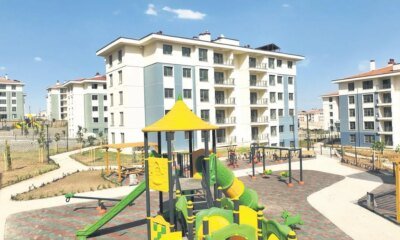
 Daily Agenda3 days ago
Daily Agenda3 days agoThe state built a new Adıyaman
-

 Daily Agenda1 day ago
Daily Agenda1 day agoPresident Erdoğan was connected to the “Sözte Youth” program in Kayseri by phone.
-

 Daily Agenda1 day ago
Daily Agenda1 day agoNew Period in Cadastral Disputes: Over 12 thousand files have been concluded
-

 Daily Agenda2 days ago
Daily Agenda2 days agoNew “Sea Protection Areas” added to Türkiye’s national maritime planning map
-

 Sports2 days ago
Sports2 days agoLuka Doncic signs $165M deal to extend Lakers stay by 3 years
-

 Politics20 hours ago
Politics20 hours agoTürkiye, TRNC deepen cooperation in security, digital governance




